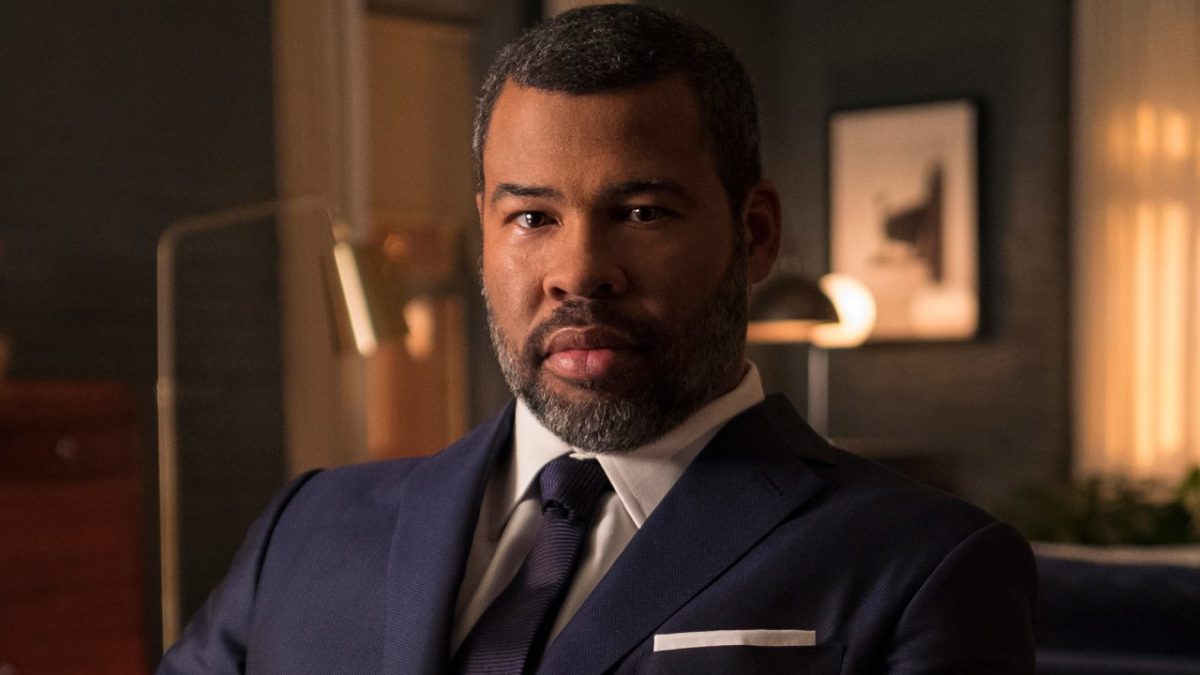Courtesy of The Mary Sue
On Monday, April 1, a reimagined “The Twilight Zone” premiered on CBS All Access. Envisioned and narrated by “Get Out” and “Us” creator Jordan Peele, the series, a revival of the original show from the 1950s and ‘60s, is an anthology that gives viewers a look into the psychosis of several different people.
At this time, only two episodes have been released, titled “The Comedian” and “Nightmare at 30,000 Feet.” With Peele taking over the narrator role that was formerly held by Rod Serling, fans of the original can once again cross over into another dimension.
Although great, the first episode, “The Comedian,” was an odd choice to premiere with after watching it in its entirety. Fans of the original series and shows like “Black Mirror” who were excited to have more mind-altering content might have expected something of the same caliber as the original series. Unfortunately, the episode fell flat from the start, and it was not until two-thirds of the way through the 55-minute episode that the pace started to pick up.
The final twist in the episode really redeemed the episode as a whole, creating excitement for the rest of Peele’s project.
“The Comedian” stars Kumail Nanjiani as struggling comedian Samir Wassan, who takes the advice of a mysterious, once-famous comedian played by Tracy Morgan to do whatever it takes to succeed. Suddenly faced with an alternate reality, the subjects he then centers his act around disappear without a trace. The remaining people in his life don’t remember any of the subjects of his comedy show, nor was there any trace of their existence to be found. While on the brink of a nervous breakdown, Samir uses his new ability to make the people that he hates no longer exist.
Without giving away the ending of the episode, “The Twilight Zone” never fails to reveal the realities of the human condition and how “sometimes getting everything you want means losing everything you love.” The episode began in a way that felt more like “Black Mirror” rather than “The Twilight Zone,” but by the end of the episode, any fan of the classics could feel that sense of self-destruction and paranoia that radiated from the original series.
The second episode, “Nightmare at 30,000 Feet,” is a reimagined, modern version of the wildly popular original episode, “Nightmare at 20,000 Feet,” which parallels the original series much better than the first episode. It may be based on the episode in the original series, even featuring a cameo from the monster from that episode, but “Nightmare at 30,000 Feet” follows a completely different plot that offers a more modern and alternate sense of paranoia than what was felt in the ‘50s and ‘60s.
This episode follows an investigative reporter who, from what he hears on a podcast from the future, believes the plane he is on will disappear shortly after the pilot sends out the final message of “Good night, New York.” Played by the talented Adam Scott, reporter Justin Sanders is wrought with PTSD and has trouble letting go of the past.
The entire episode paints his character as a man who has trouble making a distinction between reality and imagination, and by the end of the episode, the viewers are left feeling the same way. What makes this episode stand out is that the genius that was “Nightmare at 30,000 Feet” has been translated into something completely different while still maintaining this core idea.
It is the concept of inner conflict between knowing what is true and what has been warped based on having a mistrust about everything due to mental illness.
The content and overall plot of these two episodes make it hard to determine what the rest of the season will be like, but there are sure to be many more twists and turns interwoven with modern fears and paranoia.
Although Peele pales greatly in comparison to the legend that was Serling, his creativity in the way he makes social commentary is something that will no doubt be seen throughout every single episode. With a stellar cast including the likes of Seth Rogan, Ginnifer Goodwin, Steven Yeun, Jacob Tremblay and John Cho, the acting and talent brought to each episode is expected to be nothing but the best.
As the season progresses, hopefully the true essence of “The Twilight Zone” will shine through, and fans of the original can be reacquainted with old memories once more. Episodes of “The Twilight Zone” are released every Thursday through CBS All Access.







